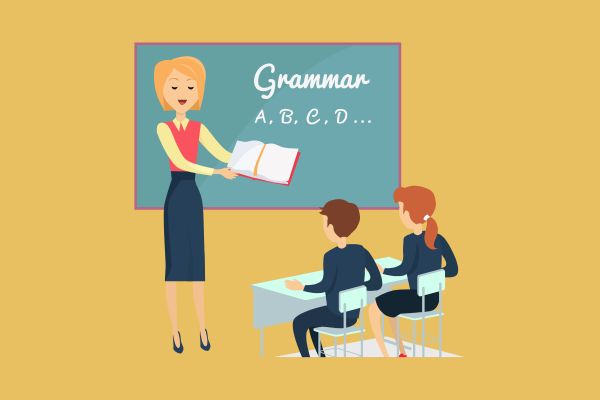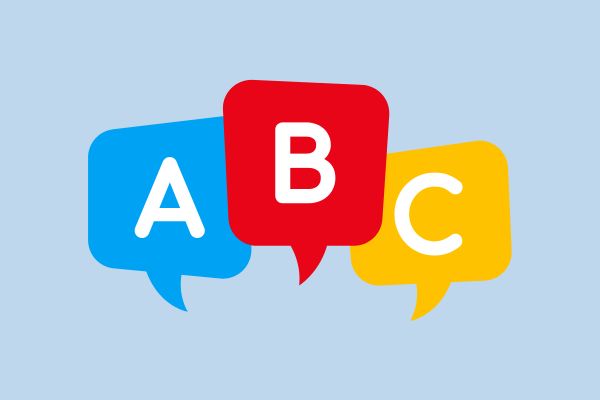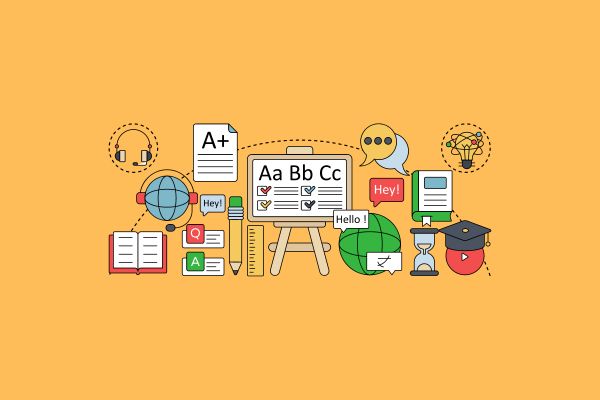What are Conjunctions?

At its core, a conjunction is a word that connects words, phrases or clauses in a sentence. Conjunctions function as the glue that binds our language together, forming relationships between various elements to create cohesive and coherent communication.
They allow us to express a range of connections, such as addition, contrast, comparison, cause and effect, time and condition. By utilizing conjunctions, we construct well-structured sentences and communicate our thoughts and ideas with clarity and flow.
Types of Conjunctions
Conjunctions come in various forms, each representing a specific type of relationship between words, phrases or clauses. Let’s explore the different types of conjunctions and how they facilitate effective communication:
1. Coordinating Conjunctions
Coordinating conjunctions join words, phrases or independent clauses that are of equal importance.
Examples:
- I like tea and coffee.
- She is smart, but he is lazy.
2. Subordinating Conjunctions
Subordinating conjunctions introduce dependent clauses, which cannot stand alone as complete sentences.
Examples:
- He will go to the park if it stops raining.
- She ate the cake before it was fully baked.
3. Correlative Conjunctions
Correlative conjunctions work in pairs to connect elements with equal importance.
Examples:
- Either you come with me or I’ll go alone.
- Both Sarah and Emily are talented singers.
4. Adversative Conjunctions
Adversative conjunctions express contrast or opposition between two ideas.
Examples:
- He studied hard; however, he failed the exam.
- I love summer; on the other hand, my brother prefers winter.
5. Causal Conjunctions
Causal conjunctions indicate cause and effect relationships between two clauses.
Examples:
- She missed the bus because she woke up late.
- Since it was raining, the match was cancelled.
6. Time Conjunctions
Time conjunctions connect sentences or clauses to express time relationships.
Examples:
- I will see you when I finish my work.
- He went to bed after watching a movie.
7. Conditional Conjunctions
Conditional conjunctions express a condition that must be met for a particular action or event to occur.
Examples:
- If it rains, we will stay indoors.
- I will go shopping provided that I have enough money.
Functions of Conjunctions
Conjunctions perform various essential functions in language, facilitating the smooth flow of thoughts and creating logical connections between ideas.
1. Joining Words and Phrases
The primary function of conjunctions is to join words and phrases to form cohesive sentences.
Example:
I like tea and coffee.
2. Creating Compound Sentences
Conjunctions combine independent clauses to create compound sentences.
Example:
She studied hard, but she still failed the exam.
3. Introducing Dependent Clauses
Subordinating conjunctions introduce dependent clauses, providing additional information in a sentence.
Example:
He went to bed after he finished his homework.
4. Expressing Contrast and Opposition
Adversative conjunctions convey contrast or opposition between ideas.
Example:
She loves hiking; however, her brother prefers cycling.
5. Indicating Cause and Effect
Causal conjunctions show cause and effect relationships between clauses.
Example:
He missed the bus because he overslept.
6. Linking Time Relationships
Time conjunctions connect sentences or clauses to express time relationships.
Example:
We will go to the beach when the weather improves.
7. Expressing Conditions
Conditional conjunctions introduce conditions that must be met for a particular action or event to occur.
Example:
I will go to the party if I finish my work on time.
Common Mistakes with Conjunctions
While conjunctions are vital for creating logical connections, some common errors can occur in their usage. Let’s address these mistakes to ensure accurate and effective communication.
1. Proper Use of Coordinating Conjunctions
Coordinating conjunctions should be used to connect elements of equal importance.
Incorrect: She likes tea but coffee.
Correct: She likes tea and coffee.
2. Avoiding Run-on Sentences
Run-on sentences occur when independent clauses are connected without proper punctuation or conjunctions.
Incorrect: I woke up early I still missed the bus.
Correct: I woke up early, but I still missed the bus.
3. Subordinating Conjunction Placement
Subordinating conjunctions should be placed at the beginning of dependent clauses.
Incorrect: She failed the test because she didn’t study.
Correct: Because she didn’t study, she failed the test.
Calling all law aspirants!
Are you exhausted from constantly searching for study materials and question banks? Worry not!
With over 15,000 students already engaged, you definitely don't want to be left out.
Become a member of the most vibrant law aspirants community out there!
It’s FREE! Hurry!
Join our WhatsApp Groups (Click Here) and Telegram Channel (Click Here) today, and receive instant notifications.





